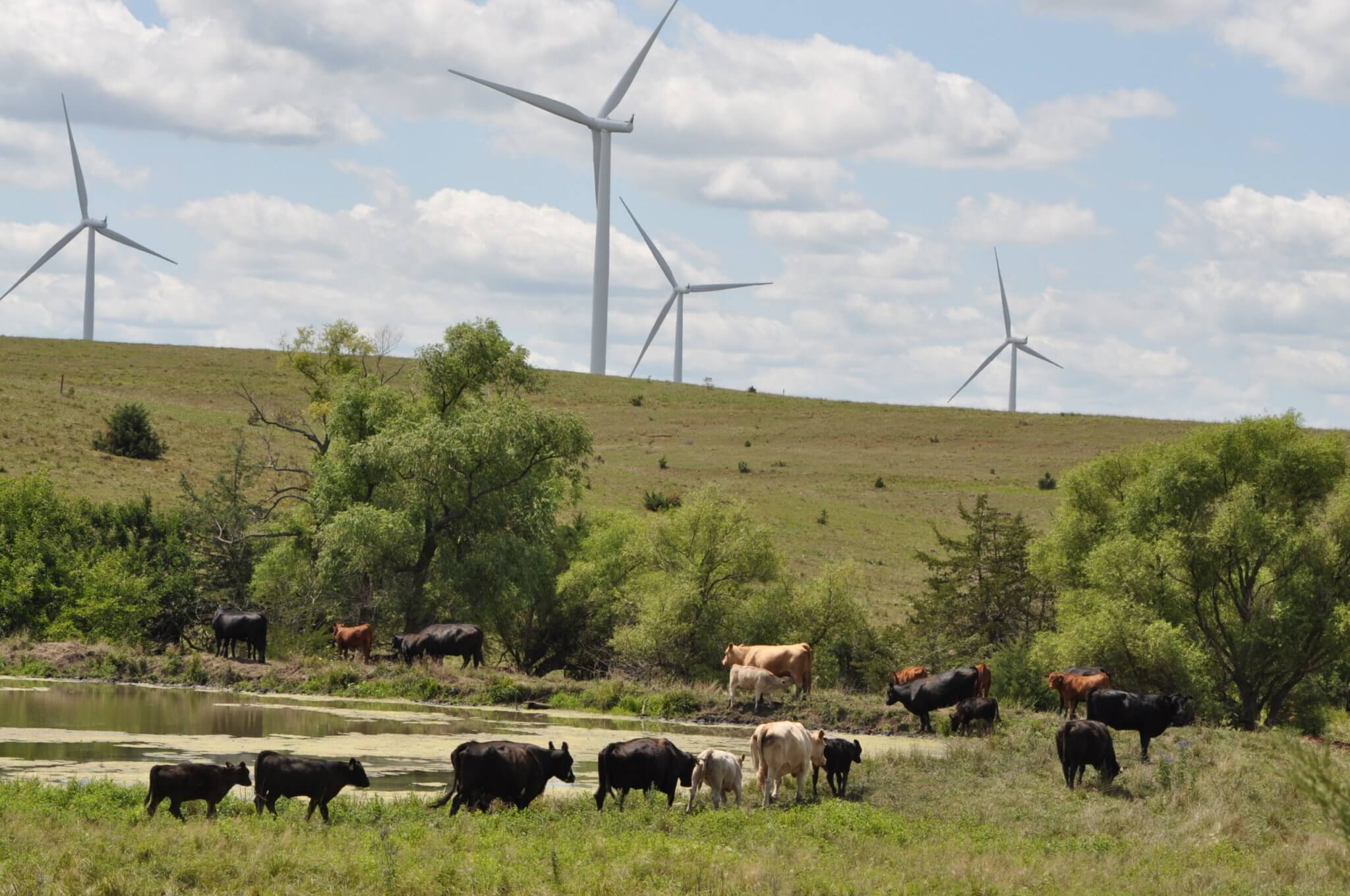Wind power’s impact on birds: modest
A bird conservation group recently said it is formally seeking stronger restrictions on wind power from the U.S. Fish and Wildlife Service (FWS). The effect of wind power on birds is a long-standing issue. Here is our perspective:
The wind power industry has modest impacts on birds compared to other forms of energy generation and should be viewed in context with vastly more significant sources of mortality such as buildings, communication towers, or vehicle collisions. Further, we do more to study, monitor, and mitigate for the impacts we do have than any other sector.
Currently, we are looking forward to the Fish and Wildlife Service finalizing its wind turbine siting guidelines. These guidelines are based on recommendations from a Federal Advisory Committee–which included representatives from industry, environmental groups, and state wildlife agencies. The forthcoming document was developed through a consensus-based stakeholder engagement over a three year process and included extensive public comment to help shape what will amount to the highest standard for wildlife protection voluntarily undertaken by any industry, going far beyond what is required by federal law by protecting species that are not afforded protection by the Migratory Bird Treaty Act, Bald and Golden Eagle Protection Act, or Endangered Species Act. With respect to eagle mortality, eagle specific guidance is currently being developed as well and is expected to be issued in the coming year that will help developers to identify and minimize risk to eagles.
It is important to keep in mind that no energy source, or human activity for that matter, is completely benign. Regardless of how we decide to power our society, it will result in some form of impact. However, different energy sources will have different impacts, and some sources have been shown to have especially acute, negative impacts on things that we care about, like the health of our children, the quality of the air we breathe and water we drink, and wildlife populations. Studies comparing the impacts of different energy sources consistently find wind power’s impact among the lowest—not surprising given that it requires no mining or drilling for fuel, uses virtually no water, and creates no air pollution, water pollution, or greenhouse gases.
The wind industry is making every effort to work proactively with the government and conservation groups to address the environmental impacts we do have. This is evidenced by our joint research efforts through the American Wind Wildlife Institute and the remarkable level of due diligence that wind developers undertake in coordination with federal and state agencies, even going beyond what is required by law.
More reading:
Birds and wind: Bad news leads, good news in weeds, August 29, 2011
Fact check: Fox News off base on bird collisions, August 19, 2011
News story draws questionable conclusions from eagle collisions with old turbines, June 6, 2011
WINDPOWER report: Whooping cranes may avoid wind farms, more research ahead, May 25, 2011
Wind developer launches intensive avian monitoring program, May 23, 2011
U.S. Fish & Wildlife Service, AWEA, wind developers sign agreement to promote endangered species conservation, April 20, 2011




